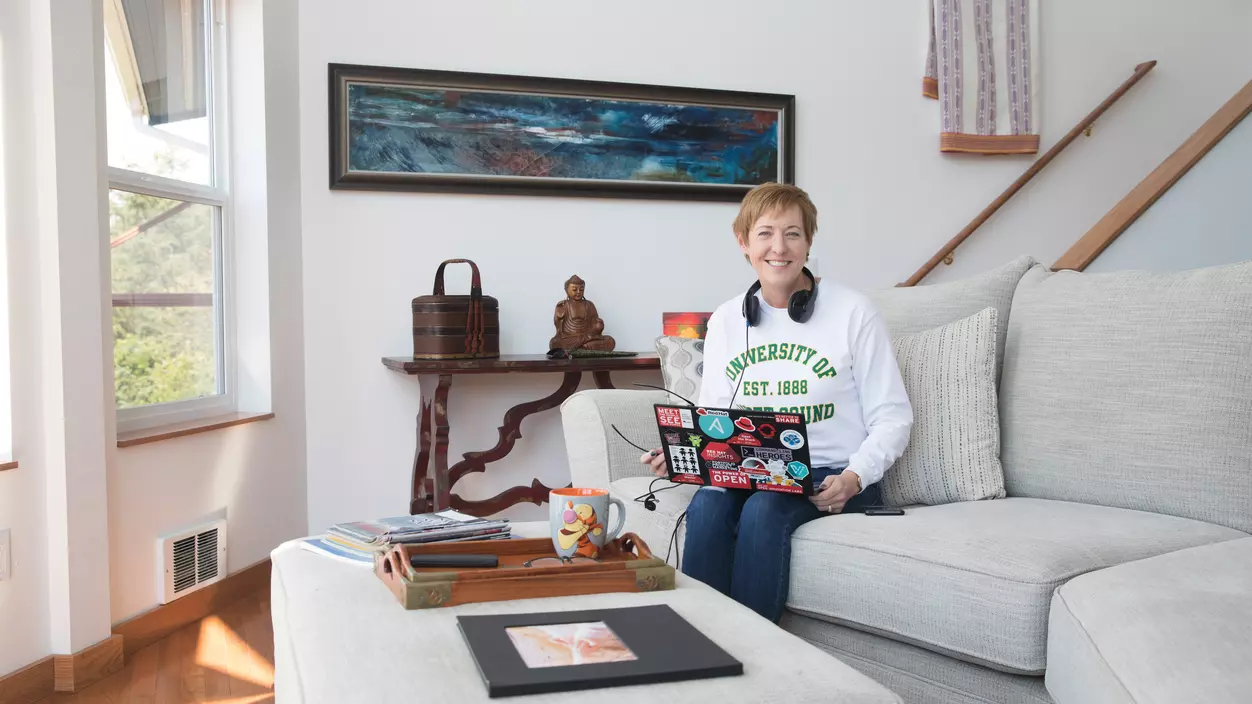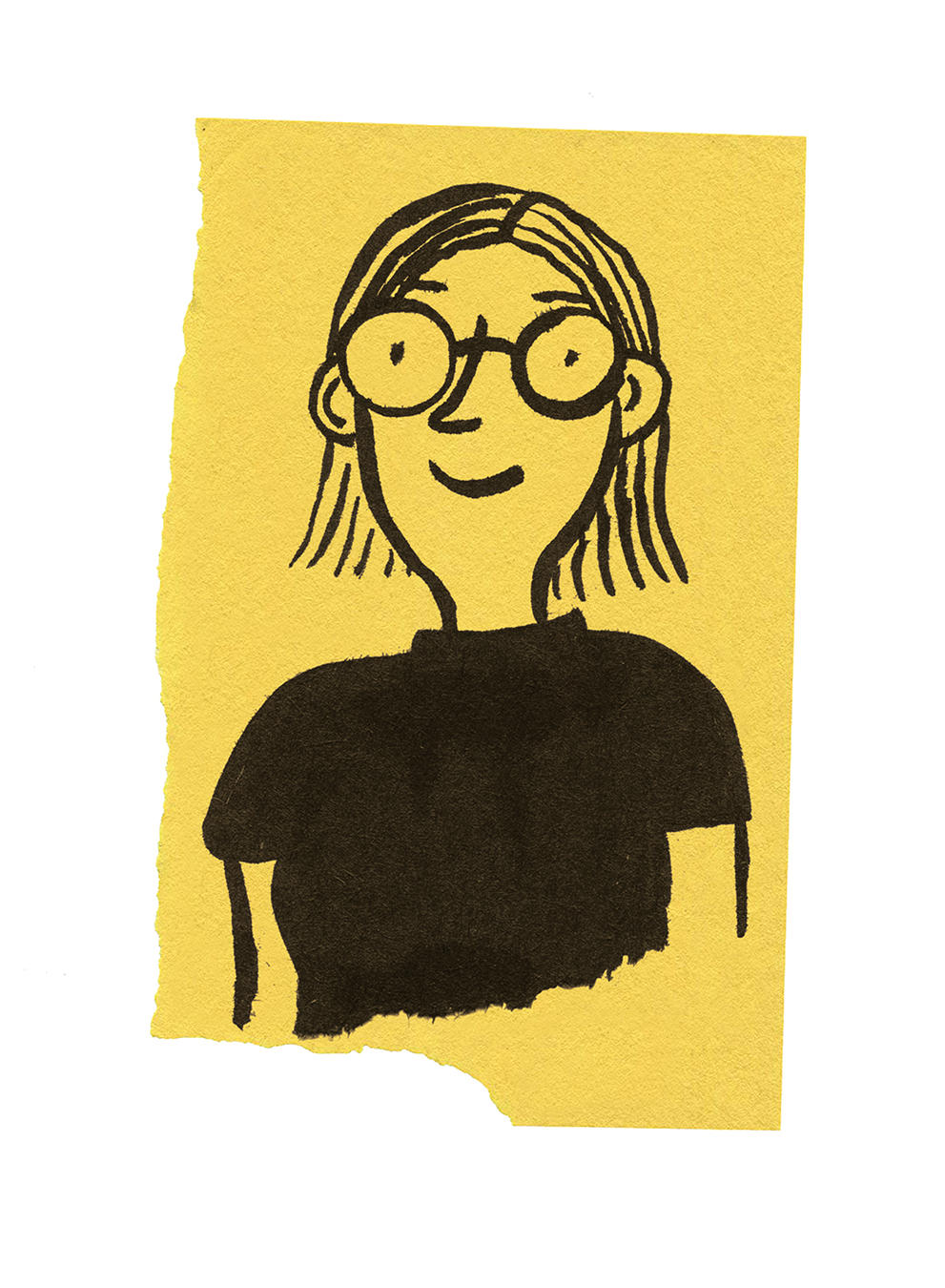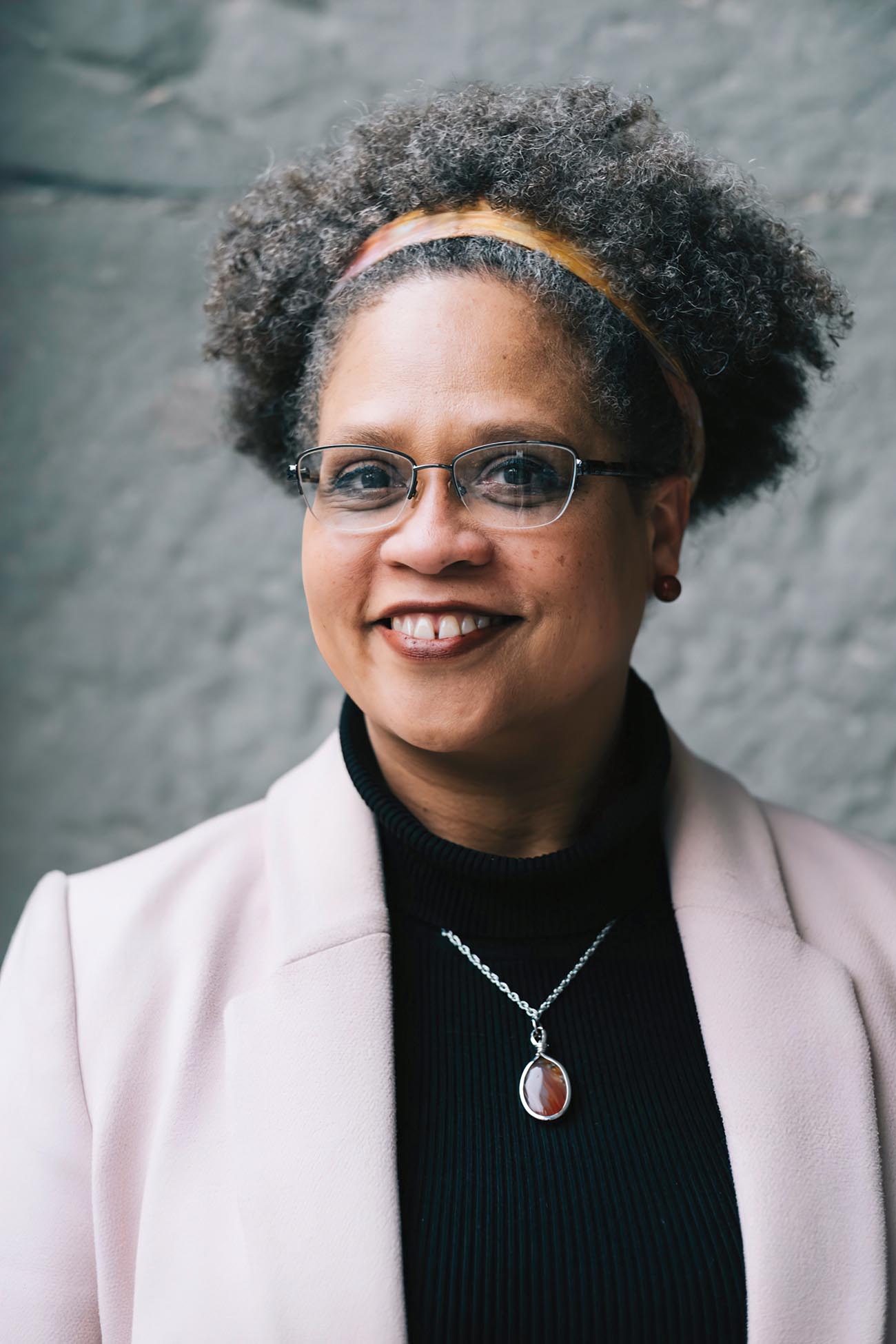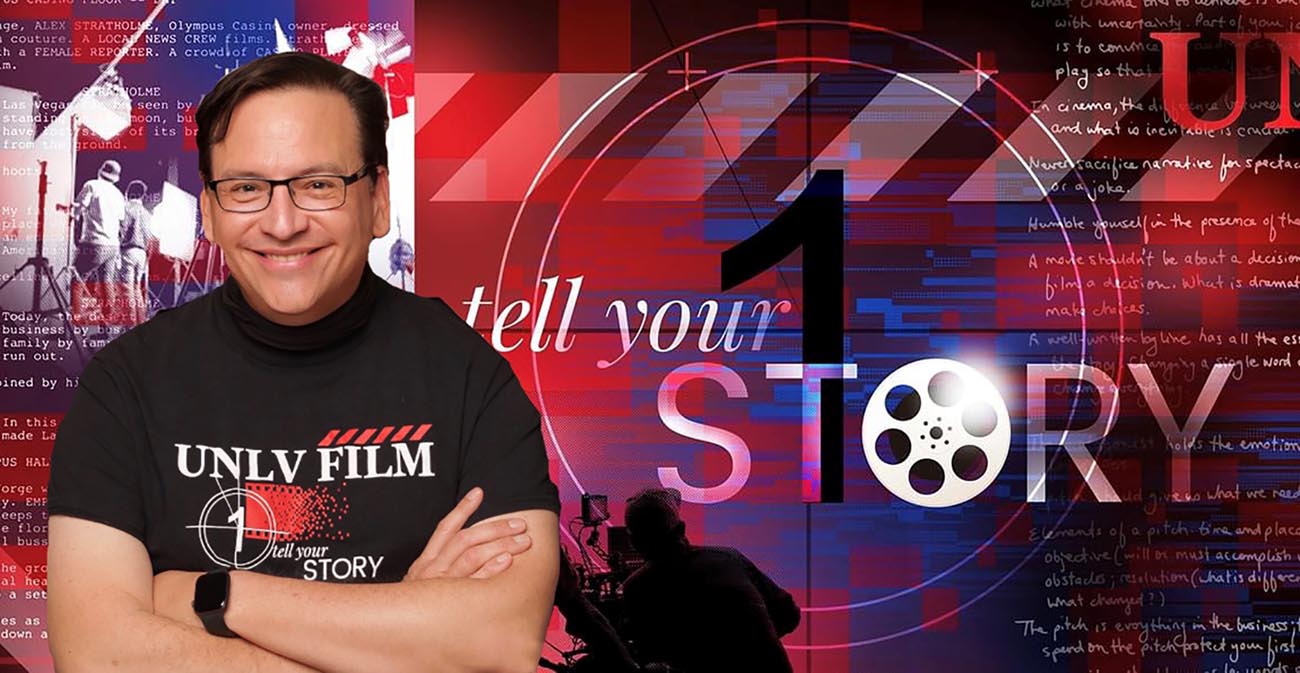Snorting is freedom
I snort when I laugh. For years, people would make fun of me and freak out. “Oh, my God, stop doing that.” I never understood why it matters to them. What is it doing that’s so horrible? It’s turned into this concept of letting your true light shine: If we can only empower more women and girls to just let their true light shine, our numbers in tech would change.
There will be a book
I’m building out a platform at SnortOutLoud.com and writing a book about this. I realized it wasn’t just a “women in tech” issue, it wasn’t just a “woman” issue. It was a foundational, fundamental human phenomenon. As a people, we lose that raw sense of that light we are born with. Some people find it again—I had that moment of rediscovery. That’s what I’ve been trying to think about: How do I invite people into this?
The importance of being nimble
We are always on the cutting edge because we are focused on open-source technology. Open-source communities historically have been able to innovate and address things faster than almost any private company—you cannot create a project, a community, an innovative progression at the same pace or with as many different perspectives. And that diversity of thought and experience adds a lot of value.
Customers don’t just want your products
Most technology and software companies are really good at selling product, right? If we have storage as a product, we go out and we sell storage. But customers aren’t buying only products. Customers are looking for solutions to solve problems.
Quandary
We are a product company.
The workaround
About four years ago, I said, “What if we flipped it and asked, ‘What is it customers are trying to do?’ Say they’re trying to solve a big-data issue. What is the customer talking about? How are they phrasing that?” We now start with the customer. We call it the sales conversation framework. It’s a really simplistic idea, but it fundamentally changed the way we went to market.
Muscle cars, fondness for
I love Mustangs. I grew up in the automotive industry, and I’ve always wanted a classic Mustang. At Ford, my dad ran the West Coast Mustang clubs; Mustangs became almost cultish immediately.
Wishing my SUV would die
I couldn’t afford a ’66 Mustang and its own garage to keep it in, plus a car for transporting the kids and all their stuff around, so I custom-ordered the car I wanted: a new convertible Mustang, which is completely impractical in Seattle, by the way. A deep-blue convertible with a black top, saddle leather seats, and six-speed manual. I love fast cars. If I’m having a bad day, I get into my car and think, OK, I’m just going to drive fast on the freeway, and I’m going to be fine.












